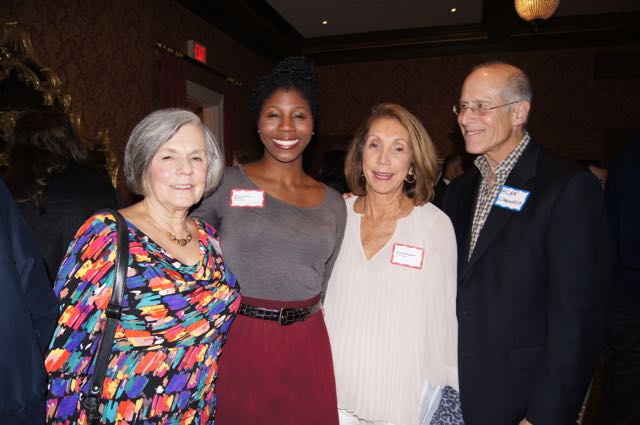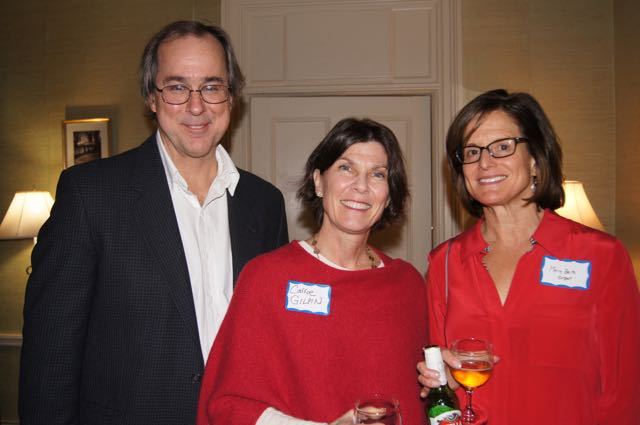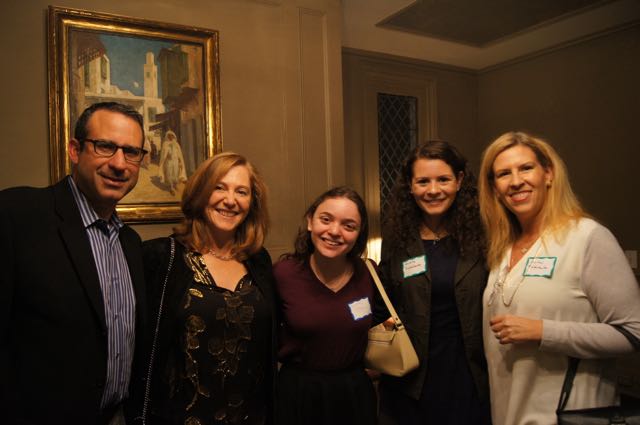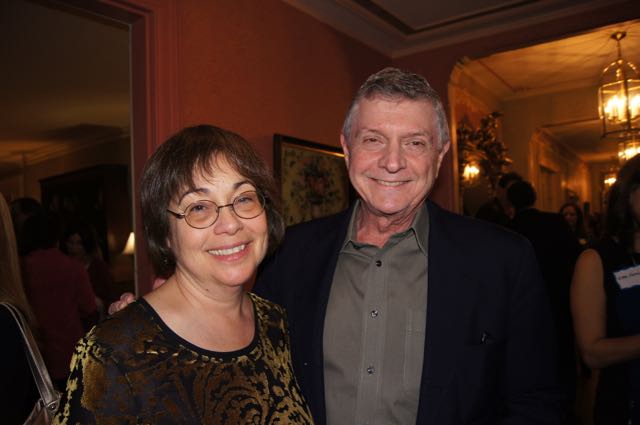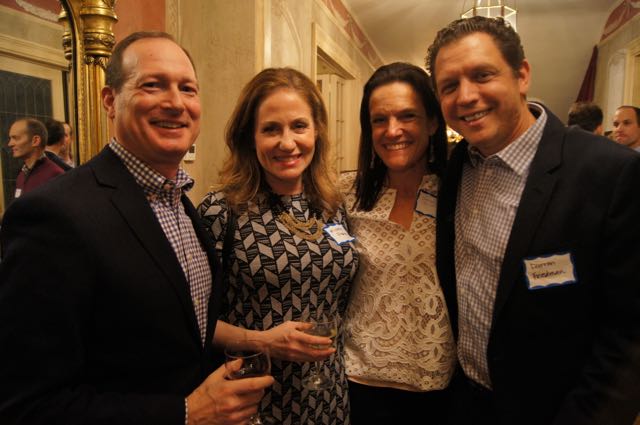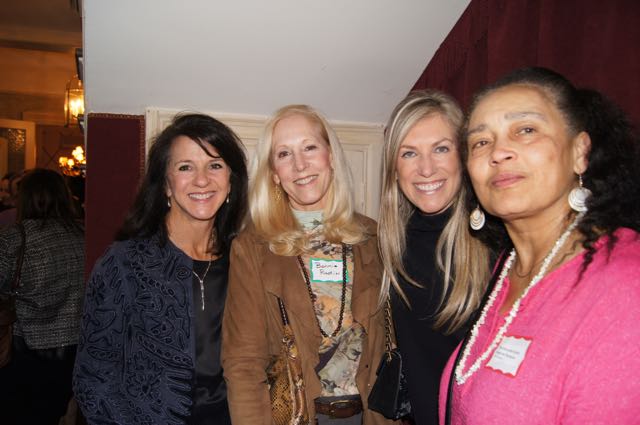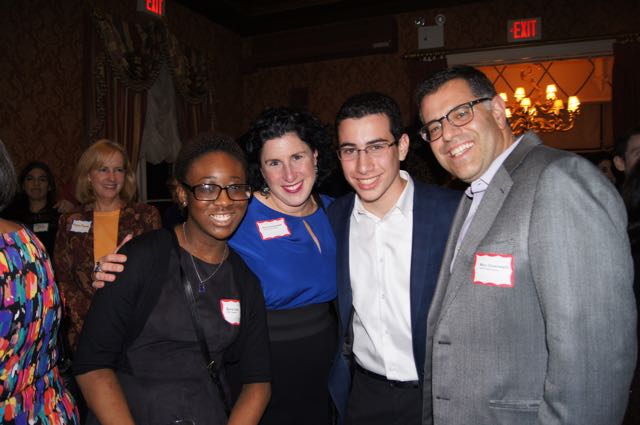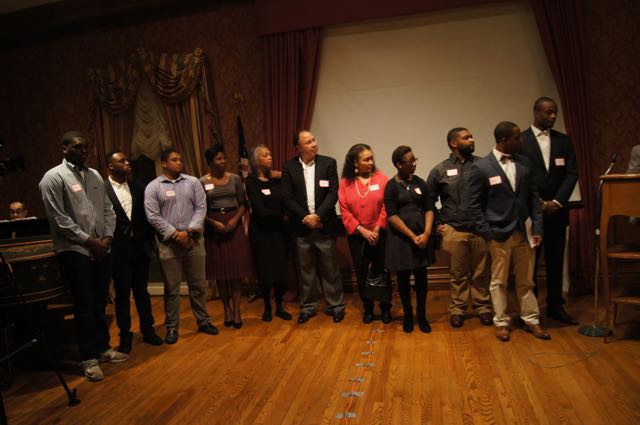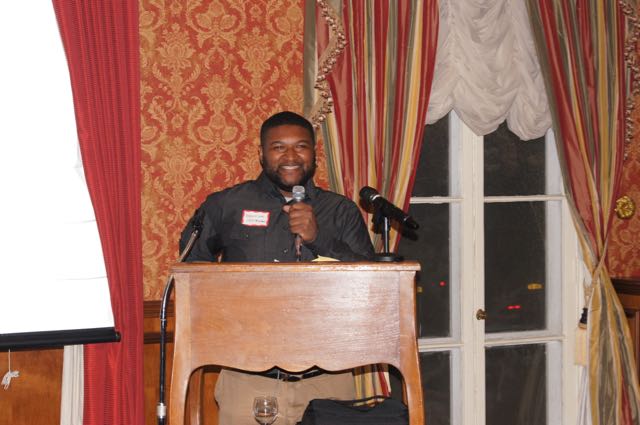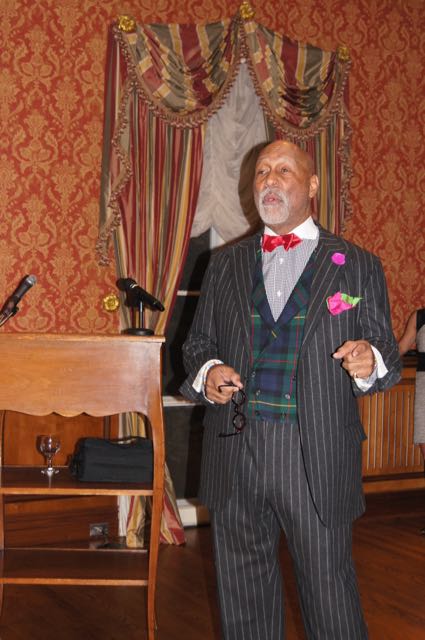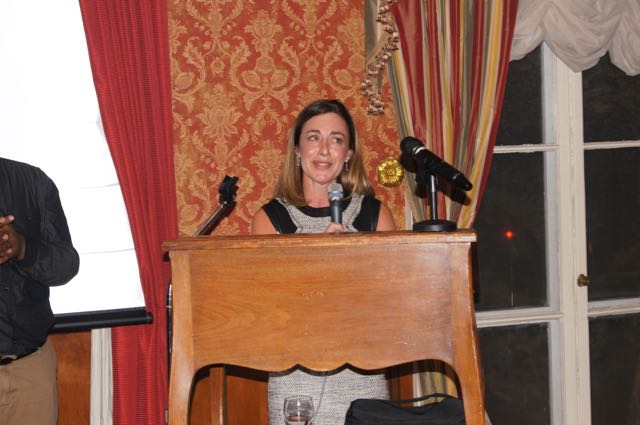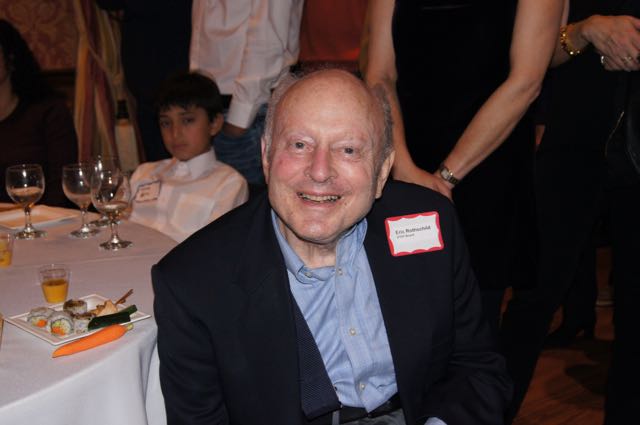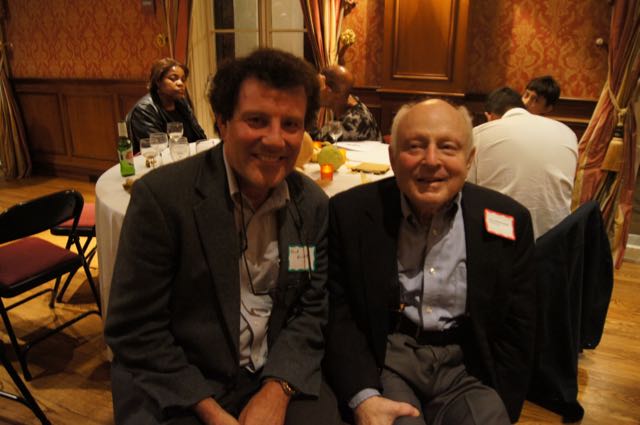Scarsdale Forum Presents Panel on the Global Economy
- Details
- Written by: Joanne Wallenstein
- Hits: 4789
 The Scarsdale Forum invites all Scarsdale residents to attend its December 8th Public Forum and Membership Meeting on Thursday December 8th 2016 at 7:30pm in the Scott Room of the Scarsdale Public Library, 54 Olmsted Road. This event is free and open to the public.
The Scarsdale Forum invites all Scarsdale residents to attend its December 8th Public Forum and Membership Meeting on Thursday December 8th 2016 at 7:30pm in the Scott Room of the Scarsdale Public Library, 54 Olmsted Road. This event is free and open to the public.
The Scarsdale Forum, which is dedicated to education the public on all matters of civic importance, is pleased to present a panel discussion on "The Global Economy-What Lies Ahead" featuring a panel of Scarsdale Residents Norman Bernstein, Timothy Foley, Mayra Rodríguez Valladares and Robert Selvaggio (biographies below).
The US election resulted in a largely unexpected victory for Donald Trump. Analysts, legislators, and pundits are now in a frenzy trying to predict what a Trump presidency might mean for all sectors of the US economy and a wide range of international initiatives. At the same time, a slowdown in the Chinese and Mexican economies, uncertainty surrounding BREXIT, and challenges in the Middle East will also have a significant impact on the US economy.
The panel will present on the economy, financial sector reform, Obamacare, and US environmental policies. After a brief presentation, panelists will encourage comments and questions from the audience.
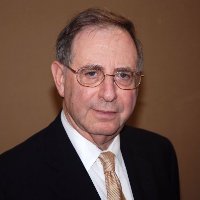 Norman Bernstein is a member of N.W. Bernstein LLC. He has forty years' experience as a business transnational lawyer and litigator and more than twenty years' experience in environmental law. His practice focuses on Federal trial court and appellate litigation, environmental problem solving including advice on new environmental regulations and their business impacts, Comprehensive Environmental Response, Compensation, and Liability Act (CERCLA) cost recovery, structuring environmentally challenged deals to control risk, cost effective environmental cleanups, environmental rule makings, and defense or prosecution of environmental related claims. His B.A. is in History from Columbia College and his LL.B and J.D. are from Columbia Law School.
Norman Bernstein is a member of N.W. Bernstein LLC. He has forty years' experience as a business transnational lawyer and litigator and more than twenty years' experience in environmental law. His practice focuses on Federal trial court and appellate litigation, environmental problem solving including advice on new environmental regulations and their business impacts, Comprehensive Environmental Response, Compensation, and Liability Act (CERCLA) cost recovery, structuring environmentally challenged deals to control risk, cost effective environmental cleanups, environmental rule makings, and defense or prosecution of environmental related claims. His B.A. is in History from Columbia College and his LL.B and J.D. are from Columbia Law School.
Timothy Foley is the Political Director for the Committee 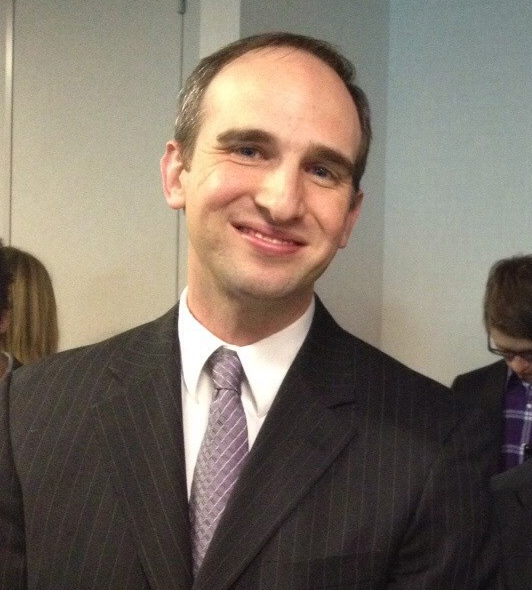 of Interns and Residents/SEIU Healthcare, a labor union for resident physicians, as well as the Secretary-Treasurer for the SEIU State Councils in both the New Jersey and the Maryland-DC regions. He sits on the steering committee for the Metro New York Health Care for All Campaign, a New York City-based multi-constituency health care justice coalition, as well as for the Save Our Safety-Net Campaign, a community-labor coalition that focuses on the issue of hospital closures that disproportionately affect lower-income families and communities of color. His AB in English is from Harvard College.
of Interns and Residents/SEIU Healthcare, a labor union for resident physicians, as well as the Secretary-Treasurer for the SEIU State Councils in both the New Jersey and the Maryland-DC regions. He sits on the steering committee for the Metro New York Health Care for All Campaign, a New York City-based multi-constituency health care justice coalition, as well as for the Save Our Safety-Net Campaign, a community-labor coalition that focuses on the issue of hospital closures that disproportionately affect lower-income families and communities of color. His AB in English is from Harvard College.
Stephan Meili is a Managing Director at Citi leading the Convergence Risk effort for the investment and corporate bank. Previously, he was Global Head of Market Risk for Securitized Products Trading and Municipal Derivatives at Barclays. Stephan has over years of financial markets experience in Europe, US and Asia ranging from risk management (market, credit and operational risk) and asset management to quantitative modeling for investment banks, asset managers and consulting firms. Furthermore, he has represented banks at industry forums and conferences on financial regulation and has taught courses on derivatives, regulation and risk management at the Federal Reserve Bank and at Columbia University. He holds a MS in Finance from Northwestern University and a degree in economics and business administration from the University of Basel, Switzerland. He is also a CFA, FRM and CAIA charterholder.
Mayra Rodríguez Valladares is Managing Principal of MRV Associates a capital markets and bank regulatory consultancy. She has over 25 years' experience 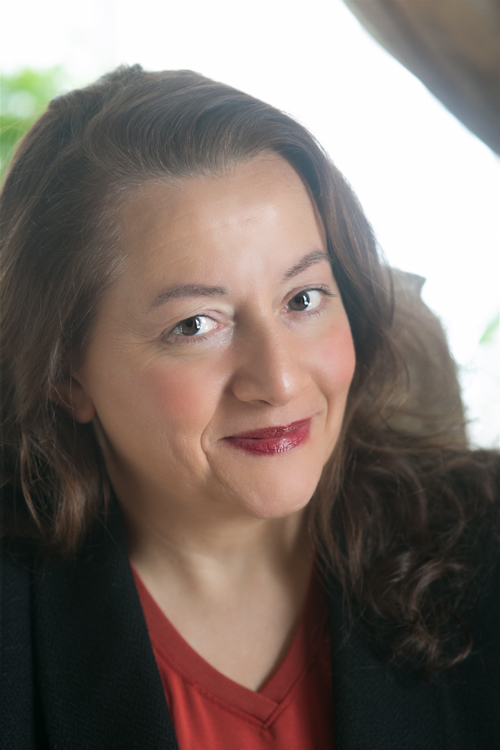 working with financial institutions and bank regulators globally. She has over 80 publications about bank regulations, capital markets, and commodity markets. She holds an AB in Russian and Soviet Studies from Harvard and Radcliffe Colleges, an MA in International Relations from The University of Pennsylvania, and an MBA from The Wharton School. She is a Raoul Wallenberg Fellow from Hebrew University.
working with financial institutions and bank regulators globally. She has over 80 publications about bank regulations, capital markets, and commodity markets. She holds an AB in Russian and Soviet Studies from Harvard and Radcliffe Colleges, an MA in International Relations from The University of Pennsylvania, and an MBA from The Wharton School. She is a Raoul Wallenberg Fellow from Hebrew University.
Robert Selvaggio is Co-Owner and Head of Analytics at Rutter Associates. Rutter Associates provides advisory services in the areas of market risk management, credit risk and credit portfolio management including analysis of Collateralized Loan Obligations (CLOs) and other structured products, economic capital and risk adjusted performance measurement, valuation and model review of exotic derivatives and hard-to-value assets and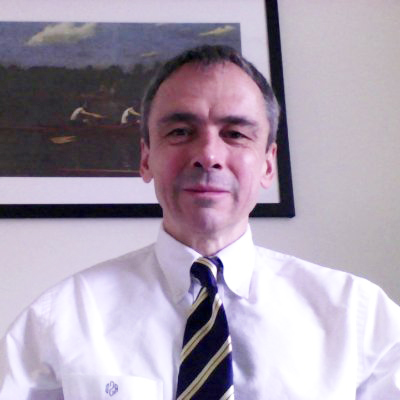 liabilities, and litigation support. He has a BA in Economics and Mathematics from the University of Pennsylvania and a PhD in Economics from Brown University.
liabilities, and litigation support. He has a BA in Economics and Mathematics from the University of Pennsylvania and a PhD in Economics from Brown University.
In addition to the panel, there will also be a demonstration by the Forum's Sustainability Committee of easy zero-waste practices for your home and office.
The portion of the evening dedicated to Forum members will include votes on a previously released reports. All reports are available on their website www.scarsdaleforum.com; or, you can contact our office for reprints at [email protected] or (914)723-2829.
Scarsdale residents who wish to vote on reports may join Scarsdale Forum prior to the December 8th meeting.
President Obama Recognizes Two from Scarsdale
- Details
- Written by: Joanne Wallenstein
- Hits: 6802
 A six year-old boy from Edgemont and an 88 year-old Scarsdale Physicist were both spotlighted by President Barack Obama as he completes his final days in office.
A six year-old boy from Edgemont and an 88 year-old Scarsdale Physicist were both spotlighted by President Barack Obama as he completes his final days in office.
Alex Myteberi of Edgemont made headlines in September when he wrote a letter to the President asking if he could welcome a Syrian boy from war-torn Aleppo into his home. The President quoted Alex in his speech at the United Nations, saying, "We can learn from a young boy named Alex, who lives not far from here in Scarsdale, New York. Last month, like all of us, Alex saw that heartbreaking image -- five-year-old Omran Daqneesh in Aleppo, Syria, sitting in that ambulance, silent and in shock, trying to wipe the blood from his hands.
And here in New York, Alex, who is just six years old, sat down and wrote me a letter. And he said, he wanted Omran to come live with him and his family. "Since he won't bring toys," Alex wrote, "I will share my bike and I will teach him how to ride it. I will teach him addition and subtraction. My little sister will be collecting butterflies and fireflies for him...We can all play together. We will give him a family and he will be our brother."
Those are the words of a six-year-old boy. He teaches us a lot."
The President continued, "The humanity that a young child can display, who hasn't learned to be cynical, or suspicious, or fearful of other people because of where they're from, or how they look, or how they pray, and who just understands the notion of treating somebody that is like him with compassion, with kindness -- we can all learn from Alex. Imagine the suffering we could ease, and the lives we could save, and what our world would look like if, seeing a child who's hurting anywhere in the world, we say, "We will give him a family and he will be our brother."
On November 10 Myteberi and his family were invited to tour the White House and received a surprise greeting from the president. Obama complimented Ale's suit and told him, "You being so nice and kind, hopefully, makes other people think the same way," "So I was very proud of you." You can watch the video here: 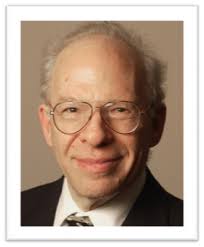 On Wednesday November 16, President Obama announced that Scarsdale's Richard Garwin is among 21 recipients of the Presidential Medal of Freedom. The prestigious prize is given to civilians who've made "an especially meritorious contribution to the security or national interests of the United States, world peace, cultural or other significant public or private endeavors." Also on this year's list are: basketball legends Michael Jordan and Kareem Abdul-Jabbar; television host and actress Ellen DeGeneres; actors Robert De Niro, Robert Redford, and Tom Hanks; musicians Bruce Springsteen and Diana Ross; Saturday Night Live creator Lorne Michaels; famed architect Frank Gehry; sportscaster Vin Scully; businesspeople and philanthropists Bill and Melinda Gates; actress Cicely Tyson; the late Native-American activist Elouise Cobell; Miami Dade College president Eduardo Padrón; former FCC chairman Newt Minow; computer scientist Margaret H. Hamilton; the late Naval leader and computer scientist Grace Hopper and designer/artist Maya Lin.
On Wednesday November 16, President Obama announced that Scarsdale's Richard Garwin is among 21 recipients of the Presidential Medal of Freedom. The prestigious prize is given to civilians who've made "an especially meritorious contribution to the security or national interests of the United States, world peace, cultural or other significant public or private endeavors." Also on this year's list are: basketball legends Michael Jordan and Kareem Abdul-Jabbar; television host and actress Ellen DeGeneres; actors Robert De Niro, Robert Redford, and Tom Hanks; musicians Bruce Springsteen and Diana Ross; Saturday Night Live creator Lorne Michaels; famed architect Frank Gehry; sportscaster Vin Scully; businesspeople and philanthropists Bill and Melinda Gates; actress Cicely Tyson; the late Native-American activist Elouise Cobell; Miami Dade College president Eduardo Padrón; former FCC chairman Newt Minow; computer scientist Margaret H. Hamilton; the late Naval leader and computer scientist Grace Hopper and designer/artist Maya Lin.
Garwin is the winner of the National Medal of Science in both the fields of Engineering and Science and is the author of the design used in the first hydrogen bomb. He has served every U.S. president from Eisenhower to Obama. Dr. Garwin's lifelong commitment to such projects as Global Warming, Nuclear Non-Proliferation, Disarmament, and Energy are unparalleled.
Dr. Richard L. Garwin received his Ph.D. in Physics from the University of Chicago in 1949 under the sponsorship of Enrico Fermi. He has worked in particle physics, nuclear physics, solid state physics and in a wide range of technology such as air traffic control, satellite communications, satellite navigation, touchscreens, laser printers and magnetic resonance imaging. While working at the IBM Research Division at Columbia University, Garwin served as a consultant at the Los Alamos Scientific Laboratory where he provided the design for the first thermonuclear weapon test (the hydrogen bomb) at Eniwetok on November 1, 1952. Garwin has advised the United States government on many aspects of nuclear power including the disposal of spent fuel. He is a prolific author and was the subject of a documentary film.
STEP Celebrates 50 Years of Changing Lives for the Better
- Details
- Written by: Joanne Wallenstein
- Hits: 5473
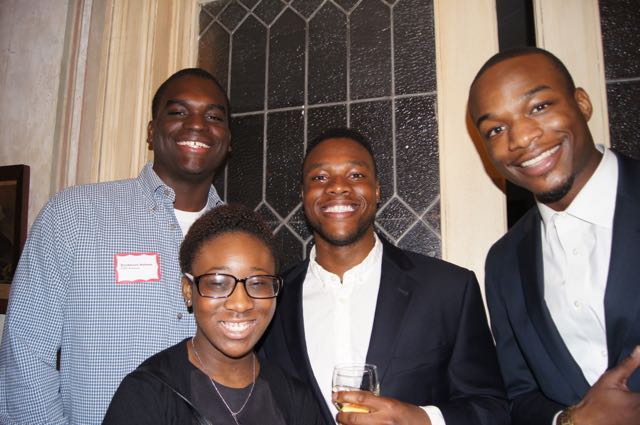 Scarsdale STEP (Scarsdale Student Transfer Education Plan) celebrated 50 years of success and honored their alumni, host families, Board members and beloved teacher Rashid Silvera at a well-attended event at the Scarsdale Woman's Club on Saturday evening November 12.
Scarsdale STEP (Scarsdale Student Transfer Education Plan) celebrated 50 years of success and honored their alumni, host families, Board members and beloved teacher Rashid Silvera at a well-attended event at the Scarsdale Woman's Club on Saturday evening November 12.
Many of the forty students who came to Scarsdale to study along with representatives from their host families were in attendance and shared stories of how their experiences here have shaped their lives.
Some of the impressive STEP alumni who were in attendance have made substantial contributions to society. The Honorable Ojetta Rogeriee Thompson, who graduated SHS in 1969, is now a federal appeals court judge with the U.S. Court of Appeals for the First Circuit. Reverend Josephine Reed Fuchess (SHS '72) was one of fourteen children born to Mississippi sharecroppers and went on to become an ordained minister. Queen Booker went from SHS in 1982 to earn an undergraduate degree from Harvard, and then got advanced degrees from Wharton and the University of Mississippi. She worked at the Ford and Kellogg Foundations, the U.S. Department of Agriculture and currently teaches at the Minnesota State's Department of Management. Two of her sisters were also STEP students.
Legendary Social Studies teacher, Eric Rothschild who launched the program in 1966 was at the center of the event and received kudos for changing the lives of so many in a positive way.
In her introductory remarks, Nan Berke who hosted STEP student Robert Lee and now serves as a STEP Co-Chair said, "In its own small and incredibly optimistic way, STEP seeks to give everyone the same chance to succeed by opening up the gift of an amazing education to students of color from underserved areas. I have seen time and again the incredible generosity and open-heartedness of this community in trying to make this program work. Host families provide a stable Scarsdale home, the high school is fully committed to helping our students succeed academically and socially, doctors, dentists and tutors volunteer resources for our student and our board provides extensive support to the student from college counseling to taking our students to cultural events.... In return our students always touch our lives in ways that are immeasurable. STEP students widen us, and make us better, and introduce new perspectives."
In his remarks, STEP student David Lee said, "I'm honored to be a part of such an awesome accomplishment... for 50 years; this program has not only changed lives but also caused a generational shift filled with hope, prosperity and most importantly, opportunities to be someone far greater than what cultural standards had set out for them. I know I speak for myself and my fellow STEP alum that we are eternally grateful for the impact this program has had on our lives. I also want to give homage to Mr. Eric Rothschild, your tenacity and willingness to do what was right has lived on for half a century and it is because of you that we can all sit here today and celebrate. We stand on your shoulders."
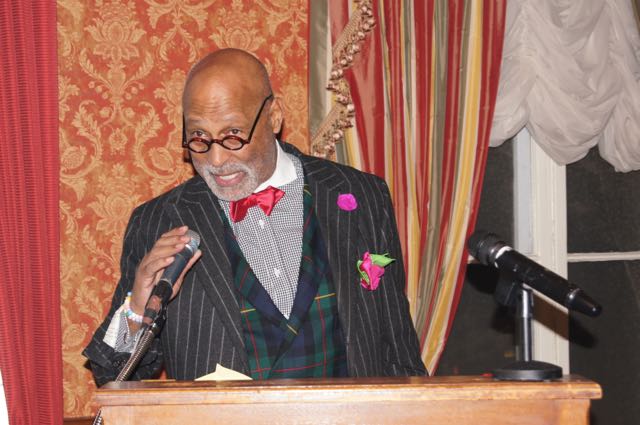 SHS teacher and STEP honoree Rashid Silvera, served as a mentor to many STEP students. He told the story of his journey to the Scarsdale Schools, where he was eager to teach curious, engaged students who asked questions. He said his connection to Eric Rothschild was "beschert," and credited Rothschild with helping him make his way to his position at SHS in 1981. About the community and the students he said, "You allowed me to share the majesty of your generosity," and added, "I shine when you shine and you shine where they shine." He announced that he will retire this year but promised that he would never be out of reach. About the current political environment he said, "People are satisfied with less than truth," but vowed, "We are better than that." He quoted W.E. DuBois who said, "Either America will destroy ignorance or ignorance will destroy the United States." Saying goodbye, he said, "I pray that I have not borrowed more than I have repaid."
SHS teacher and STEP honoree Rashid Silvera, served as a mentor to many STEP students. He told the story of his journey to the Scarsdale Schools, where he was eager to teach curious, engaged students who asked questions. He said his connection to Eric Rothschild was "beschert," and credited Rothschild with helping him make his way to his position at SHS in 1981. About the community and the students he said, "You allowed me to share the majesty of your generosity," and added, "I shine when you shine and you shine where they shine." He announced that he will retire this year but promised that he would never be out of reach. About the current political environment he said, "People are satisfied with less than truth," but vowed, "We are better than that." He quoted W.E. DuBois who said, "Either America will destroy ignorance or ignorance will destroy the United States." Saying goodbye, he said, "I pray that I have not borrowed more than I have repaid."
Vote for the Citizens Nominating Committee on Wednesday November 16
- Details
- Written by: Joanne Wallenstein
- Hits: 5371
 Residents are encouraged to vote in the election for the Citizens Nominating Committee on Wednesday November 16 at Scarsdale Village Hall from 7:30 – 9 am and 2-9 pm. Two candidates from each of Scarsdale's voting districts will be elected to serve on the Citizen's Nominating Committee that will nominate candidates to serve as Village Trustee, Mayor and Village Justice.
Residents are encouraged to vote in the election for the Citizens Nominating Committee on Wednesday November 16 at Scarsdale Village Hall from 7:30 – 9 am and 2-9 pm. Two candidates from each of Scarsdale's voting districts will be elected to serve on the Citizen's Nominating Committee that will nominate candidates to serve as Village Trustee, Mayor and Village Justice.
Scarsdale's Non-Partisan System promotes the election of candidates who are qualified by reason of their civic, rather than political, abilities and experience. Village residents elect a Citizens Nominating Committee (CNC), which in turn selects a slate of candidates for the village offices of trustee, mayor and village justice. The system encourages the active participation of all residents. The Non-Partisan System is not the only way candidates can run for village office; under New York State election law, any person who obtains the prescribed number of signatures on a nominating petition can run for village office.
Here are the names of the candidates who are running from each district:
- Edgewood: Ron Sannicandro, Ryan Spicer
- Fox Meadow: Paul Diamond, Timothy Foley, Marc Greenwald, Judy Wenjing Kerr, Hamsa Shadaksharappa
- Greenacres: Daniel Brown, Jonathan Klein, Jon Leslie
- Heathcote: Laura Kaplow-Goldman, Peter Tesler
- Quaker Ridge: Michael Gorelick, Mary Beth Gose, Ron Schulhof
In order to vote you must be eighteen years or older, a U.S. citizen, and a resident of Scarsdale for at least 30 days before Election Day, November 16, 2016. You do not need to be a registered voter.
If you cannot vote at Village Hall, you can mail in your ballot. You can download the mail-in ballot from the Procedure Committee website at: www.ScarsdaleProcedureCommittee.org or obtain one at Village Hall or the Scarsdale Library. Mail-in ballots should be mailed to P.O. Box 284, Scarsdale 10583, and must be received by the Scarsdale Post Office by 5 P.M. on November 16, 2016, the day of the election.
Check your mail for more information about the candidates or click here to learn more online.
The election is Wednesday November 16 at Village Hall.
Scarsdale Residents Greet Hillary's Return to Westchester at 3am on Election Day Morning
- Details
- Written by: Joanne Wallenstein
- Hits: 5067
 About 500 fans stayed up late – or perhaps woke up very early – to greet Hillary Clinton's plane when it touched down at Westchester Airport at 3:30 am on Election Day morning, November 8. Hillary had completed her final campaign tour and was returning to her home in Chappaqua to watch the returns.
About 500 fans stayed up late – or perhaps woke up very early – to greet Hillary Clinton's plane when it touched down at Westchester Airport at 3:30 am on Election Day morning, November 8. Hillary had completed her final campaign tour and was returning to her home in Chappaqua to watch the returns.
Greenacres resident and Hillary supporter Michelle Lichtenberg was in the crowd and braved the dark and cold to see Hillary. She said, "I wanted to be there to see the Westchester resident who will hopefully be our first female president."
With Michelle were BK Munguia, wife of  Scarsdale Mayor Jon Mark, former Scarsdale Mayor Carolyn Stevens and Paula Wittlin. Also at the airport were former school board members Mary Beth Gose and Suzanne Seiden as well as Jeff and Susie Stern and Diane Greenwald. Former Scarsdale resident Anna Decker actually shook Hillary's hand and forwarded us this photo of Clinton in her signature red pantsuit. All had worked hard for the campaign.
Scarsdale Mayor Jon Mark, former Scarsdale Mayor Carolyn Stevens and Paula Wittlin. Also at the airport were former school board members Mary Beth Gose and Suzanne Seiden as well as Jeff and Susie Stern and Diane Greenwald. Former Scarsdale resident Anna Decker actually shook Hillary's hand and forwarded us this photo of Clinton in her signature red pantsuit. All had worked hard for the campaign.










